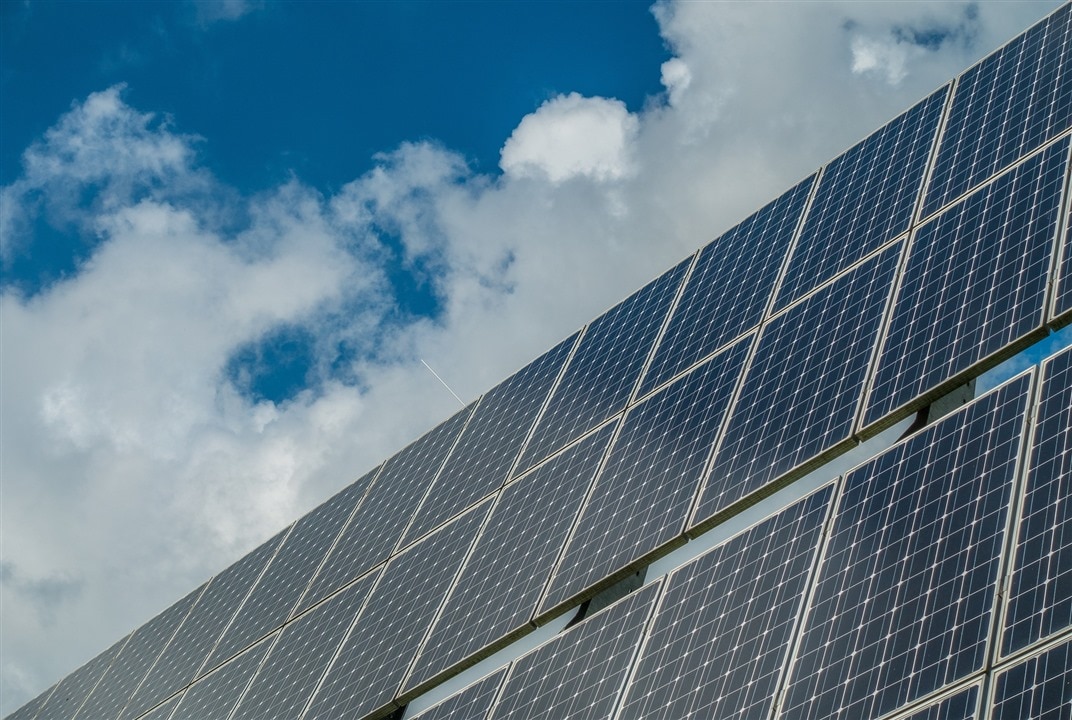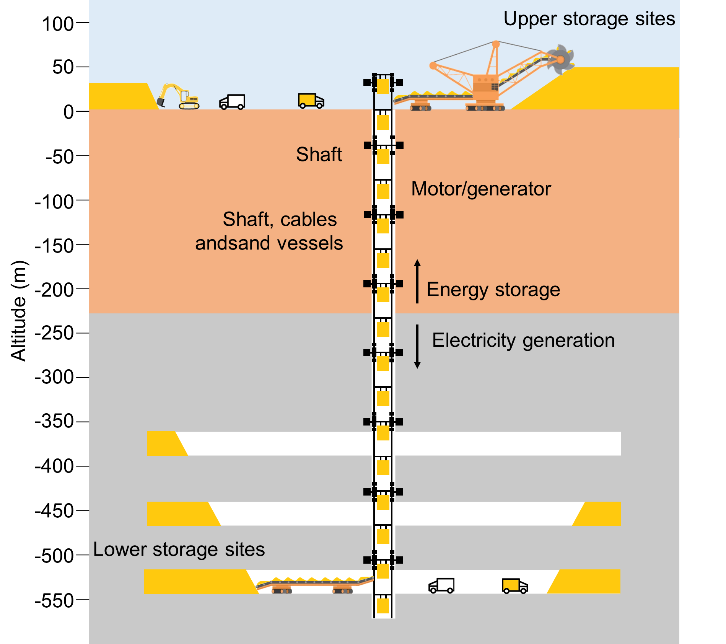
(Image Credit: mrganso/pixabay)
The US Department of Energy’s Oak Ridge National Laboratory built MARS (Multi-port autonomous reconfigurable solar power plant), a solar and energy storage system designed to distribute power to AC and DC high-voltage lines. This solution promises to bolster grid stability while offering more flexibility, security, and reliability than similar plants in operation. Essentially, MARS features an electrical architecture, power electronics, and cybersecurity software. Utilities don’t have to pay a hefty price and can start using it with ease due to the system’s plug-and-play capability.
Hardware simulations focusing on two California sites demonstrated that MARS reduces power loss by up to 50%, boosts AC voltage frequency by 16%, and detects all cyber intrusions. Additionally, the system automatically reconfigures depending on how much energy remains. So when solar panels don’t generate electricity, then MARS relies on battery power to continue operating while keeping the AC and DC transmission systems connected.
MARS also decreased electrical costs by 40% while the team created an algorithm to adjust plant size and energy storage. If the grid gets interrupted, then MARS will jump-start it via the novel inverter, which also maintains grid stability. The team has partnered up with Opal-RT, Hitachi Energy, Southern California Edison, and the Georgia Institute of Technology to demonstrate the components’ grid stability or a smaller design of MARS.

A schematic diagram of IIASA’s proposed Underground Gravity Energy Storage. (Image Credit: IIASA)
Now that the world relies more on renewables to generate electricity, two problems still arise, affordability and energy storage. By 2025, solar expects to eclipse coal with similar costs, so that challenge is already being addressed. To help solve the storage ordeal, the International Institute for Applied Systems Analysis (IIASA) has proposed transforming abandoned mines into large-scale power-distributing gravity batteries called Underground Gravity Energy Storage (UGES). And there are millions of abandoned mines worldwide to take advantage of for this purpose. Many have the essential infrastructure and connect to the grid.
This battery uses excess energy to bring up heavy objects. The weight falls if the system requires additional energy. Afterward, a turbine will spin and transform the kinetic energy into electricity. That electricity is then utilized during peak hours. If the grid has excess energy, then some of that energy is used by the gravity battery to lift the load and store the energy for a later time. Any leftover energy gets stored in the weight’s gravitational potential, which means it doesn’t discharge like chemical batteries.
These UGES systems would use elevators already installed in abandoned mine shafts to lift and lower containers filled with sand. Each side of the mine shaft contains electric motors and generators, allowing these elevators to ascend and descend. Regenerative braking generates electricity as they move down, and it consumes some of that power while ascending.
Converting decommissioned mines costs approximately $1-10 per kilowatt-hour with another $2,000 per kilowatt of capacity, according to IIASA’s estimates. The researchers also believe this battery system could produce 7 to 70 terawatt-hours globally. China, India, Russia, and the United States would generate the most since those countries have the most decommissioned mines. The world consumed 25 terawatt-hours in 2021, so this energy potential would be huge.
Taking on this project also provides more benefits. For instance, it would mean reintroducing or preserving jobs that were otherwise lost when the mines closed. Although this concept is still being explored, it poses a promising renewable energy storage solution with huge potential. The researchers still need to look at large-scale feasibility, and the IIASA says it’s cost-effective.
Have a story tip? Message me at: http://twitter.com/Cabe_Atwell

